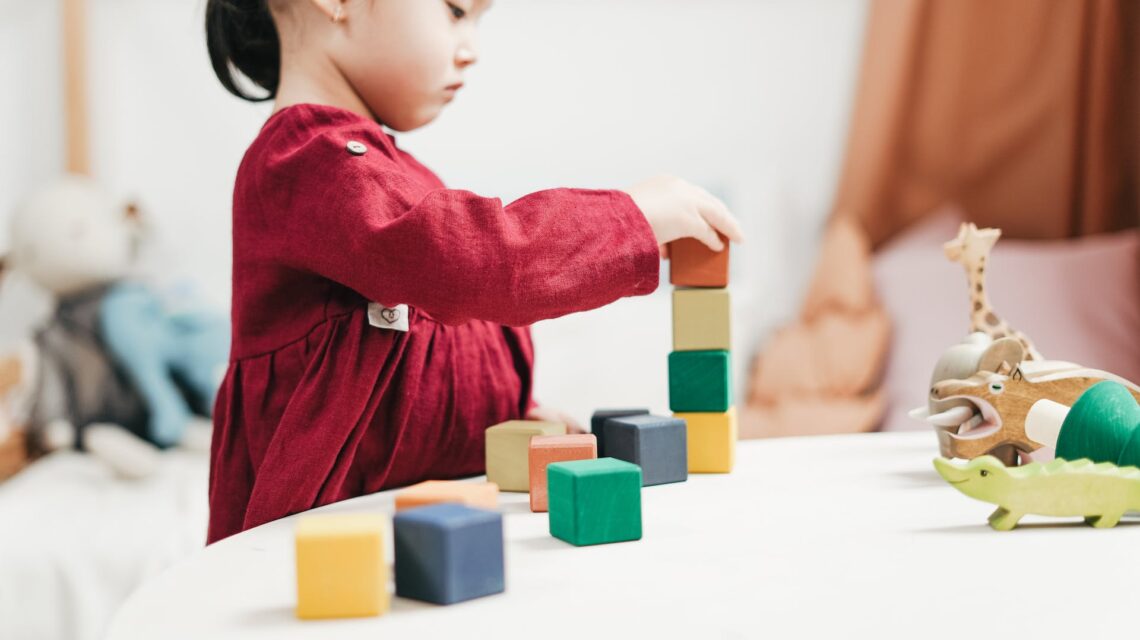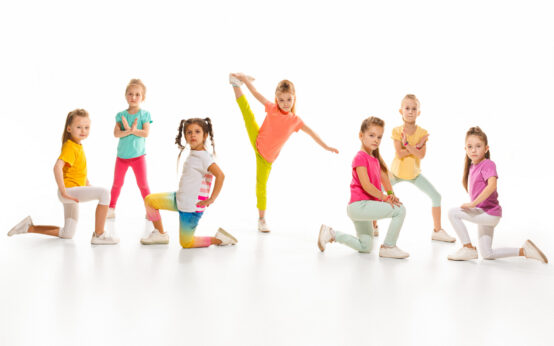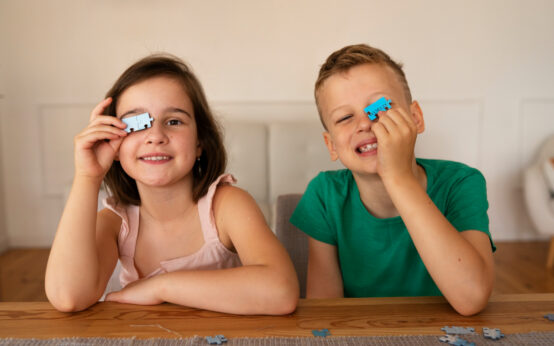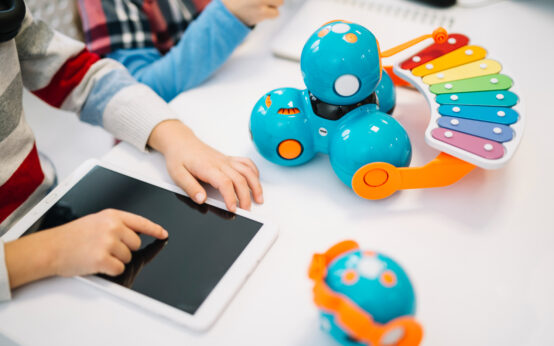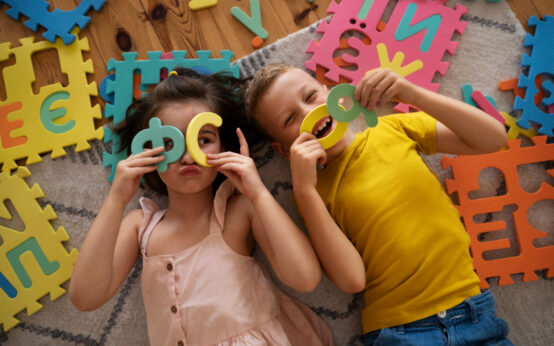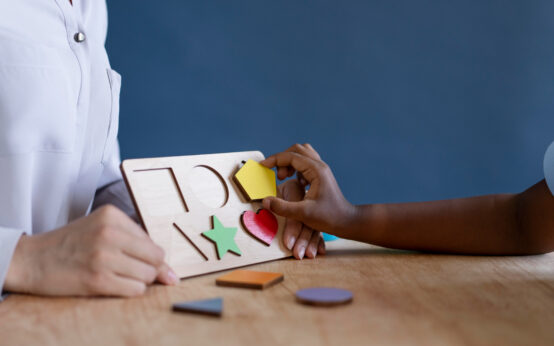Introduction
Children with Autism Spectrum Disorder (ASD) often face unique challenges in sensory processing, making it crucial for parents and caregivers to provide opportunities for sensory play. In this comprehensive guide, we’ll explore the importance of sensory play, the nuances of sensory sensitivities in children with Autism, and delve into a curated list of top sensory toys designed to enhance their development.
Understanding Sensory Sensitivity
Sensory sensitivities vary among children with Autism, with some experiencing hypersensitivity, an overreaction to stimuli, and others exhibiting hypo-sensitivity, an underreaction. These sensitivities can impact daily life, affecting how children respond to touch, taste, sound, and visual stimuli. Recognizing these differences is fundamental in tailoring interventions that promote a comfortable and supportive environment for children with Autism.
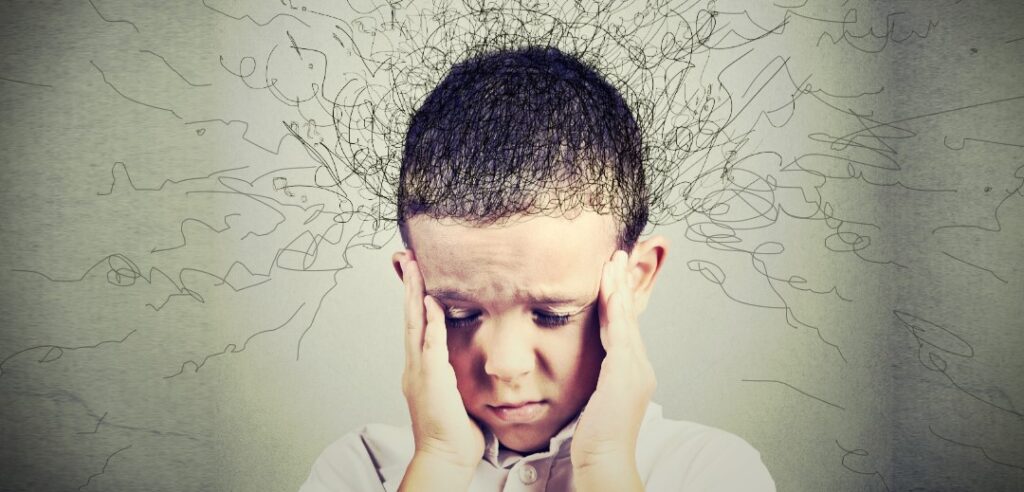
Addressing Hypersensitivity
Hypersensitive children often find everyday stimuli overwhelming, leading to sensory overload. Occupational therapy emerges as a valuable tool in helping these children cope with excessive sensory responses. Techniques such as sensory integration therapy can play a pivotal role in gradually desensitizing children and improving their ability to navigate their surroundings more comfortably.
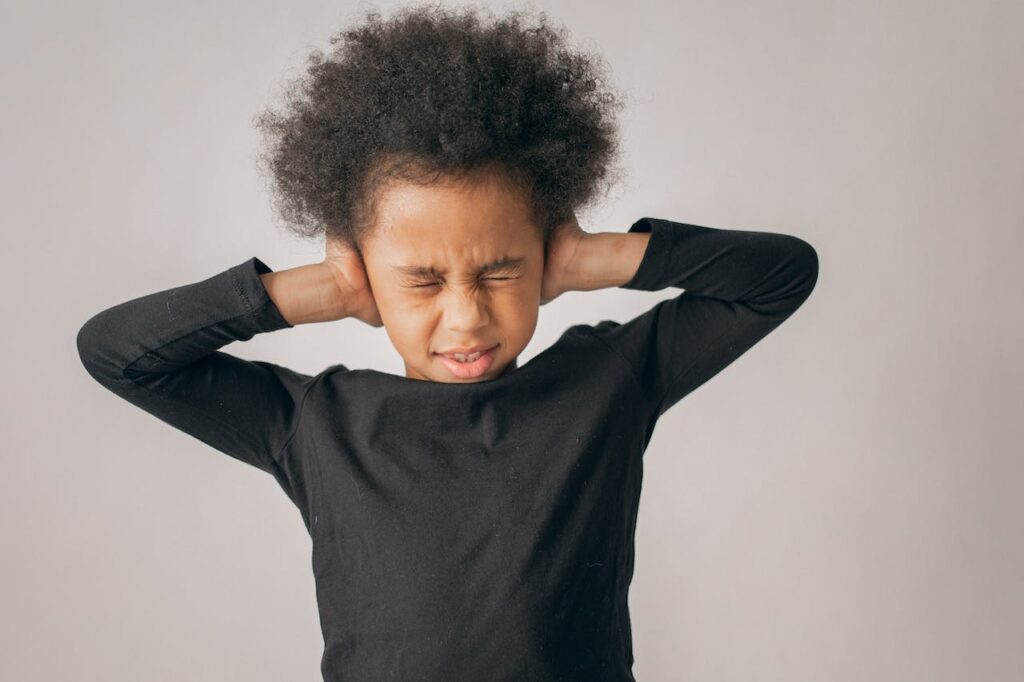
Addressing Hypo-sensitivity
Hypo-sensitive children, on the other hand, may require accommodations that stimulate their senses. Weighted blankets, strong-tasting or textured foods, and activities promoting physical skills development are essential in normalizing their responses to sensory input. Identifying the specific needs of each child is crucial in creating an individualized plan for effective intervention.
The Role of Sensory Sensitive Toys
Sensory toys serve as invaluable tools in aiding the development of children with Autism. These toys provide a safe and engaging medium for exploration, allowing children to interact with various textures, sounds, and visual stimuli. By encouraging natural curiosity and ensuring a secure play environment, sensory toys play a pivotal role in fostering development in children with Autism.
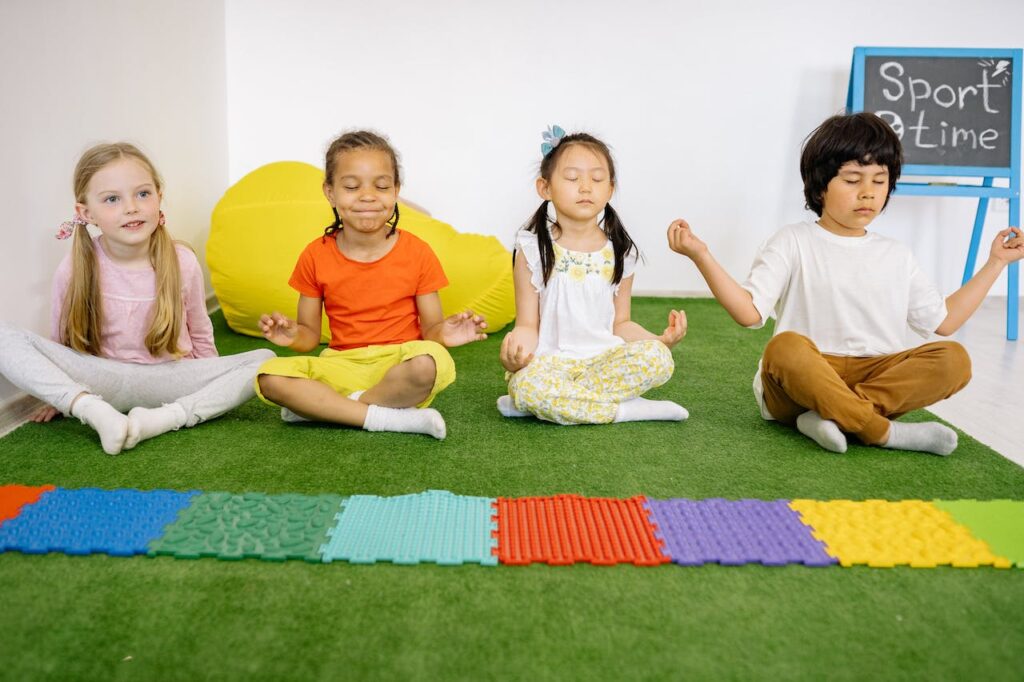
Top Sensory Toys for Children with Autism
Sensory Mats
Sensory mats are a haven of textures, enticing tactile exploration and play. These compact mats create a secure space for children, fostering the development of their sense of touch. By offering diverse textures, these mats engage children in a sensory journey that stimulates their imagination and fine-tunes their tactile senses.
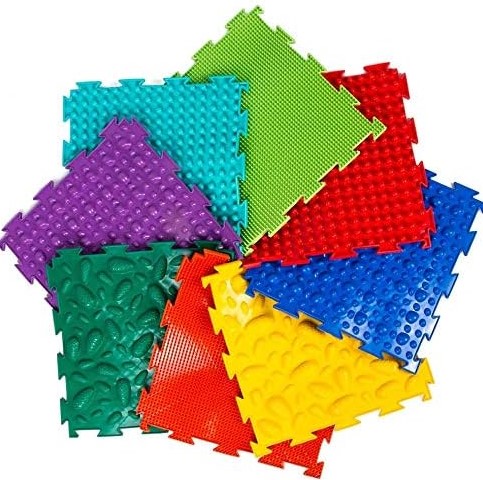
Chew Toys
Specifically crafted for oral sensory input, chew toys are indispensable for redirecting the need to chew on inappropriate items. Serving as a soothing outlet, these toys contribute to a calming environment for children grappling with sensory challenges, providing comfort and a healthy alternative for their sensory needs.
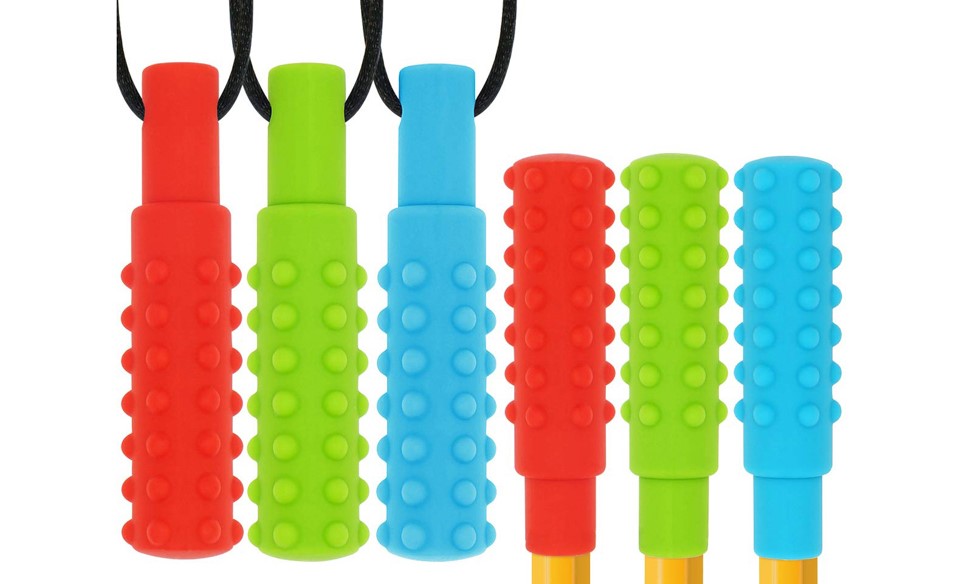
Sand, Slime, or Putty
Tailored for tactile defensive children, these items transcend mere play to improve sensory perception, fine motor skills, and unleash creativity through hands-on engagement. Sand, slime, or putty becomes a therapeutic medium, offering a unique and beneficial sensory experience that aids in overall development.

Pin Art
A mesmerizing 3D pin toy, Pin Art offers a tranquil tactile experience that doubles as a positive reinforcement tool during therapy. By promoting engagement and relaxation, this unique toy becomes a gateway for children to express themselves creatively, making it a valuable addition to sensory play.
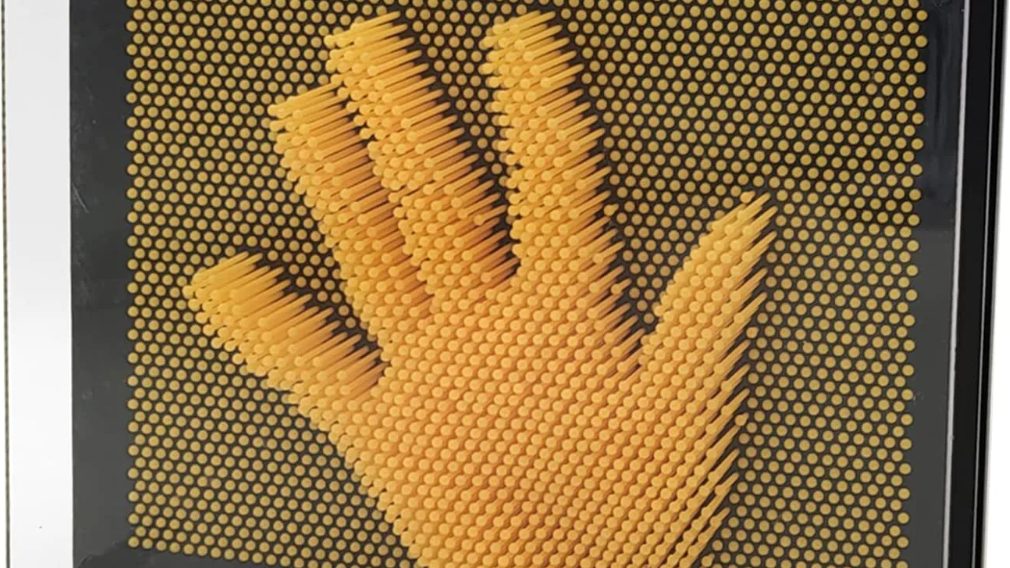
Rainmaker Toys
Infused with calming sounds and vibrant colors, rainmaker toys craft a multisensory experience. It also aids relaxation and sensory engagement for children with Autism. The rhythmic sound of falling beads combined with visual stimuli creates a harmonious playtime atmosphere.
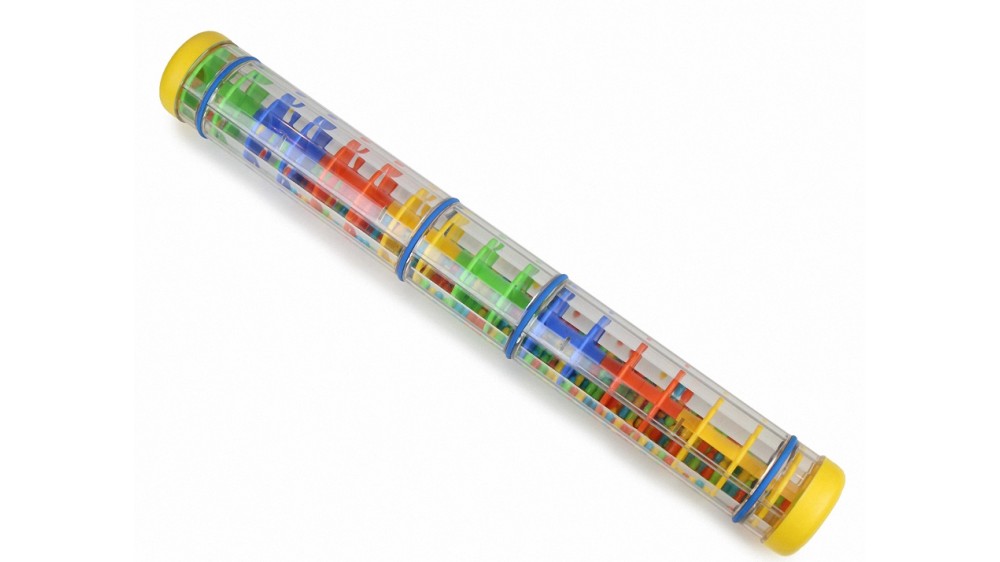
Fidget Spinners
Fidget spinners emerge as excellent tools for occupying hands, fostering focus, and accommodating various age groups. These toys not only keep hands busy but also make learning more accessible through tactile engagement. Their versatility makes them a valuable asset in supporting children with Autism in various activities.
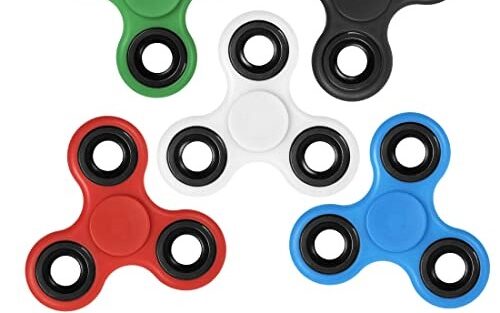
Senseez Vibrating Cushion
The gentle vibrations emanating from the Senseez Vibrating Cushion offer a cocoon of security. It also promote relaxation during play, sleep, or moments of rest. This innovative cushion becomes a conduit for improved verbal initiations, compelling children with Autism into more frequent and meaningful social interactions.
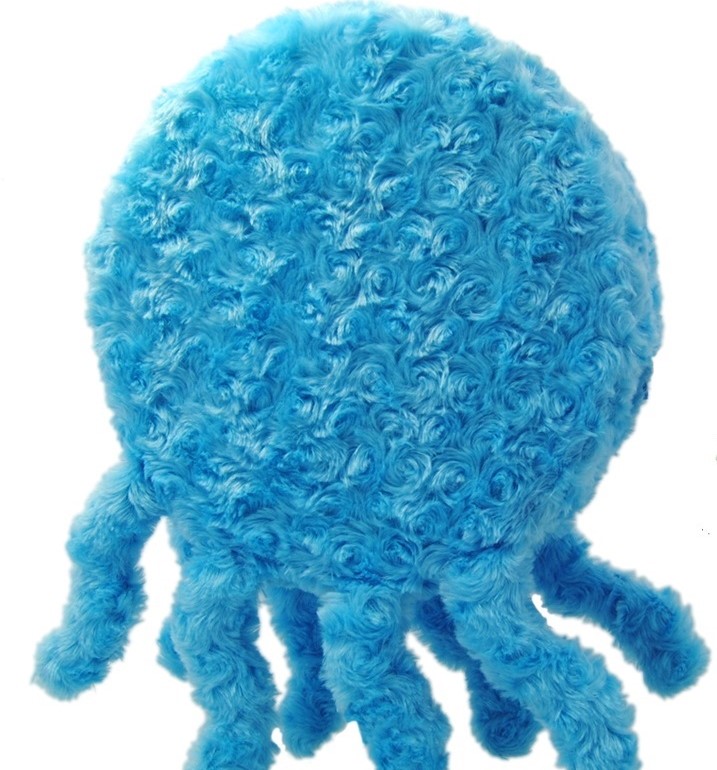
Body Sox
An interactive marvel, Body Sox aids children in alleviating anxiety by applying pressure to the skin. The see-through, colorful sock creates a comforting environment tailored to the unique needs of those with ASD. This sensory-rich experience becomes a therapeutic tool, contributing to stress reduction and emotional well-being.
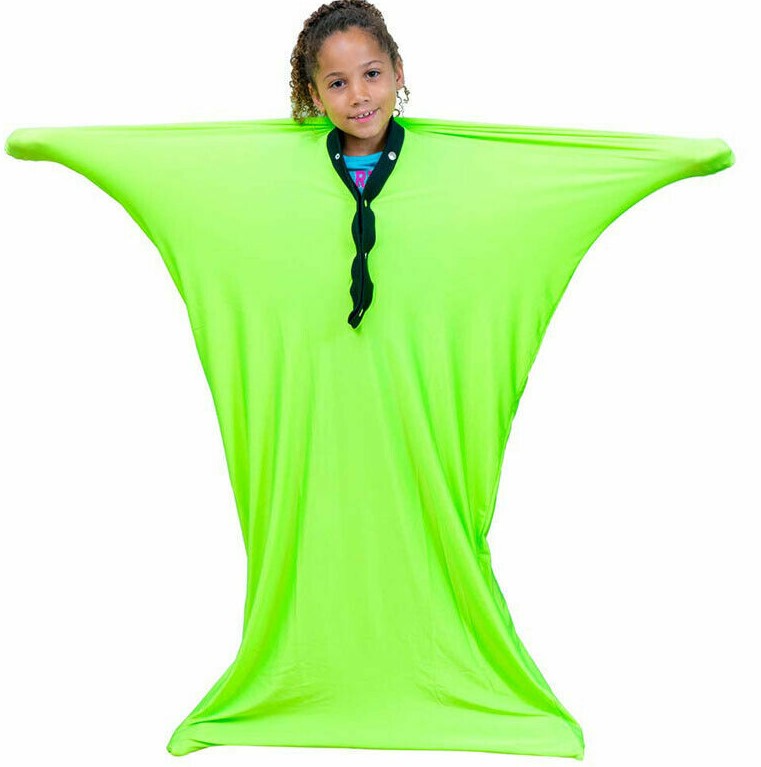
Reflective Balls
Durable and visually captivating, reflective balls play a pivotal role in developing a child’s sense of sight. Research highlights their significance in helping children with ADHD and Autism retain more visual information than their counterparts. As a robust and engaging sensory toy, reflective balls become key players in supporting visual sensory development.
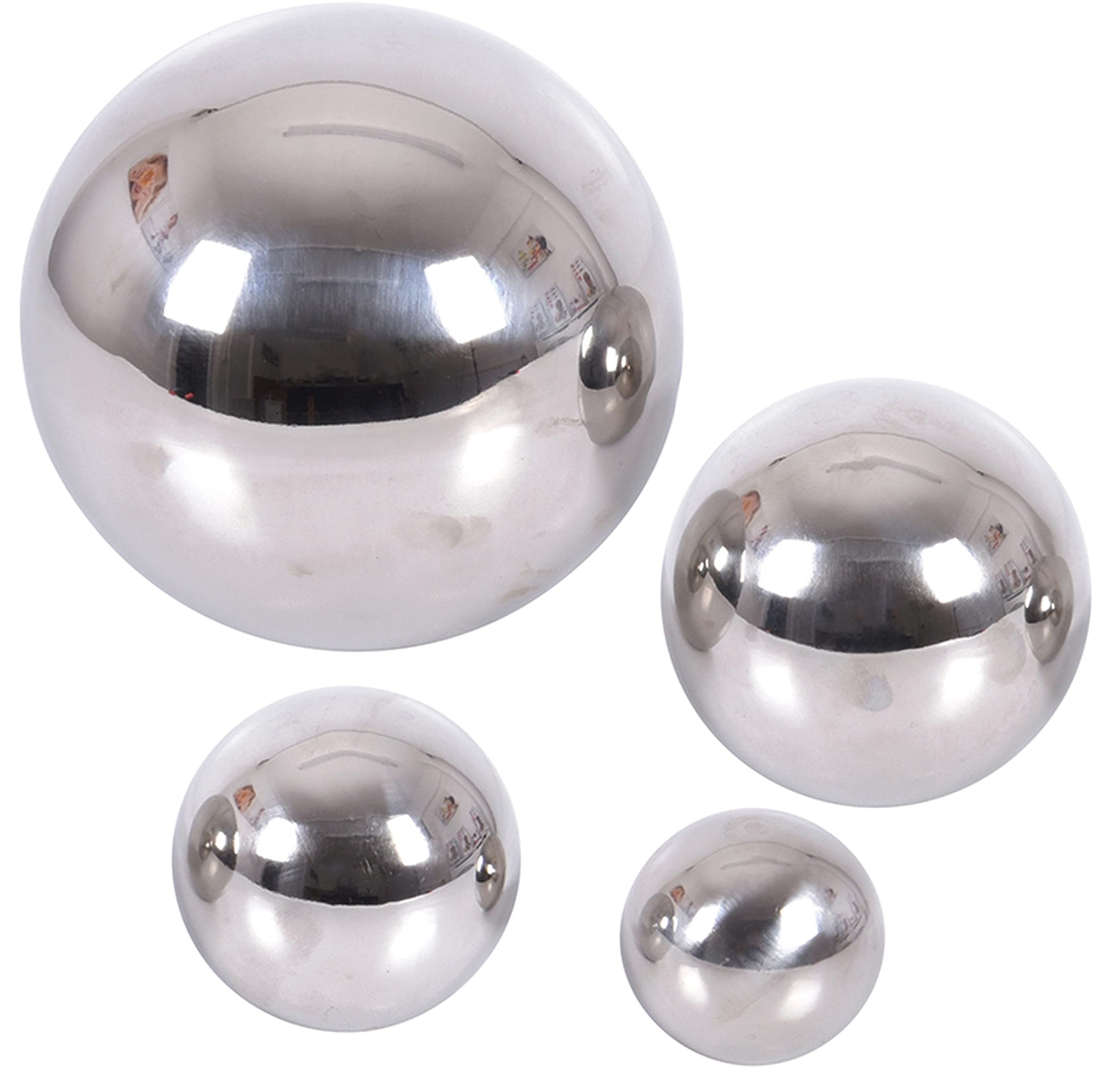
Conclusion
In conclusion, providing children with Autism opportunities for sensory play is essential for their holistic development. By understanding and addressing sensory sensitivities, coupled with the incorporation of top sensory toys, parents and caregivers can create an environment that fosters growth and well-being. Tailoring interventions to individual needs ensures a personalized approach, allowing each child to thrive and reach their full potential.
Source
- Grandin, T. (1992). Calming Effects of Deep Touch Pressure in Patients with Autistic Disorder, College Students, and Animals. Journal of Child and Adolescent Psychopharmacology, 2(1), 63–72.
- May-Benson, T. A., Koomar, J., & Teasdale, A. (2009). Incidence of Tactile Defensiveness in Children with and without Autism Spectrum Disorders. Occupational Therapy in Mental Health, 25(1), 31–40.
- Srinivasan, S. M., Eigsti, I.-M., Neelly, L., Bhat, A. N., & Manchaiah, V. (2016). The Effects of Auditory, Tactile, and Vestibular Intervention on Sensory Processing Symptoms in Autism Spectrum Disorder. American Journal of Occupational Therapy, 70(1), 7001250010.
- Tierney, S., Burns, J., & Kilbey, E. (2016). Looking behind the mirror: a review of eye tracking studies in autism.
- Weitlauf, A. S., Sathe, N., McPheeters, M. L., Warren, Z. E., & Jones, E. A. (2017). Interventions Targeting Sensory Challenges in Autism Spectrum Disorder: A Systematic Review. Pediatrics, 139(6), e20170347.
